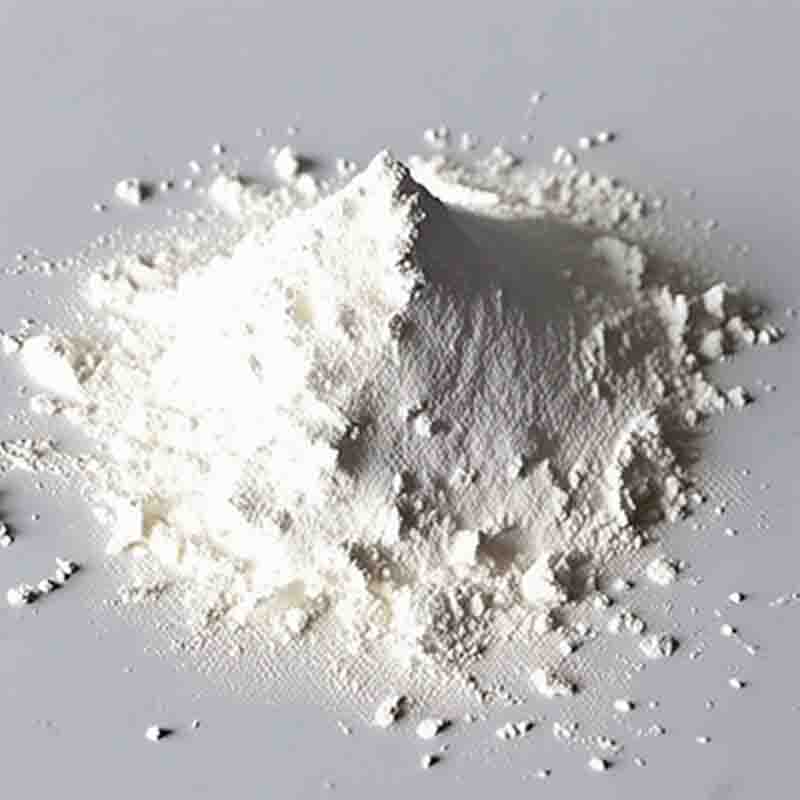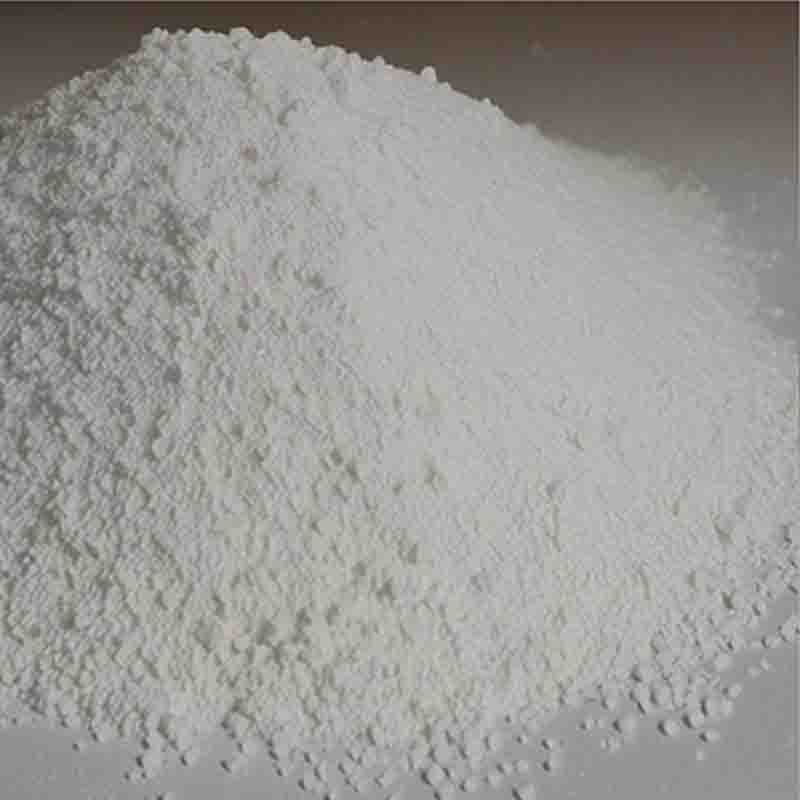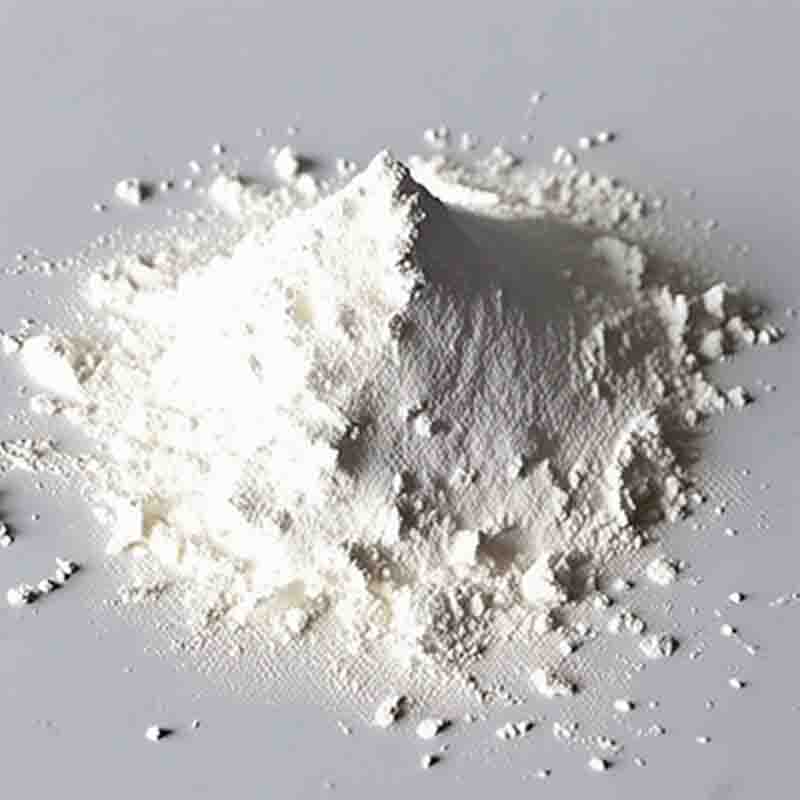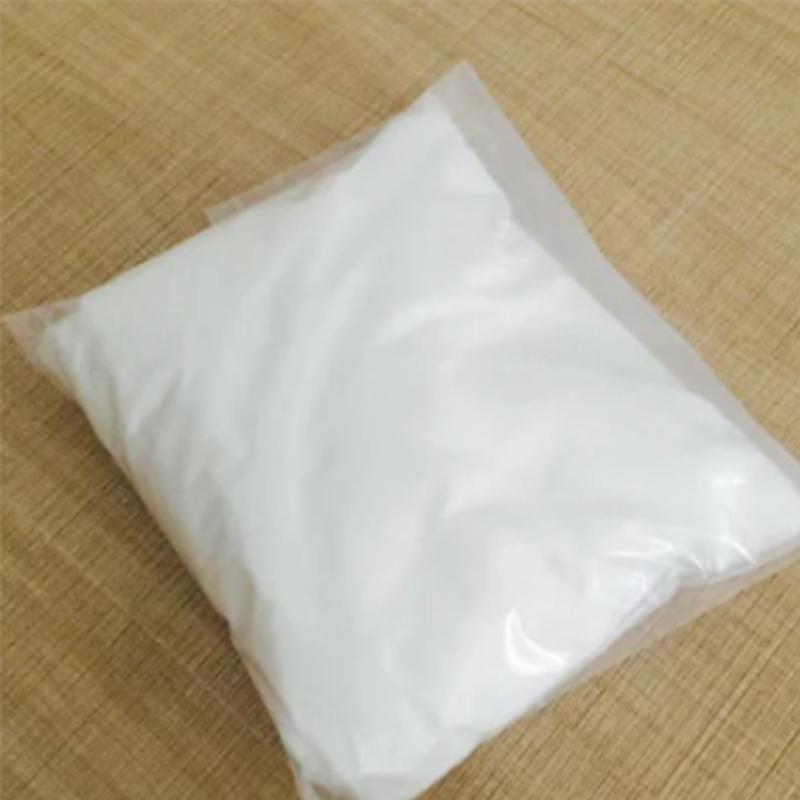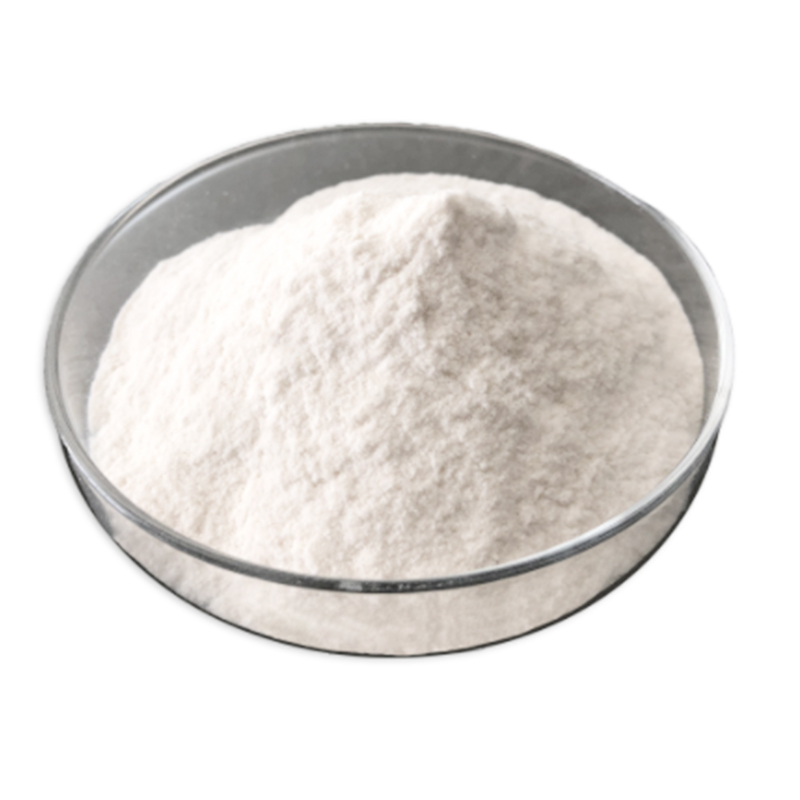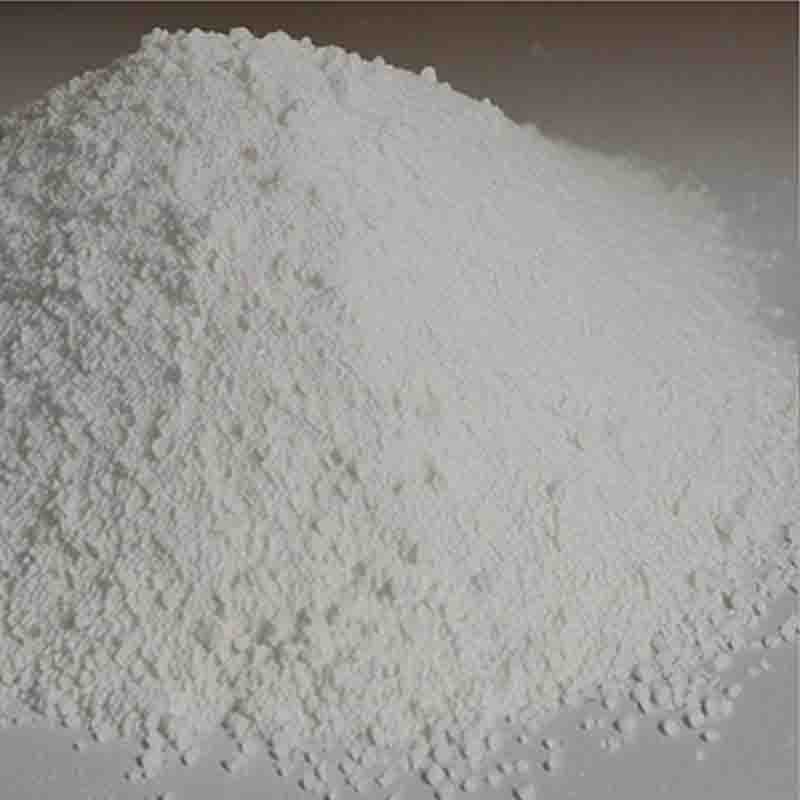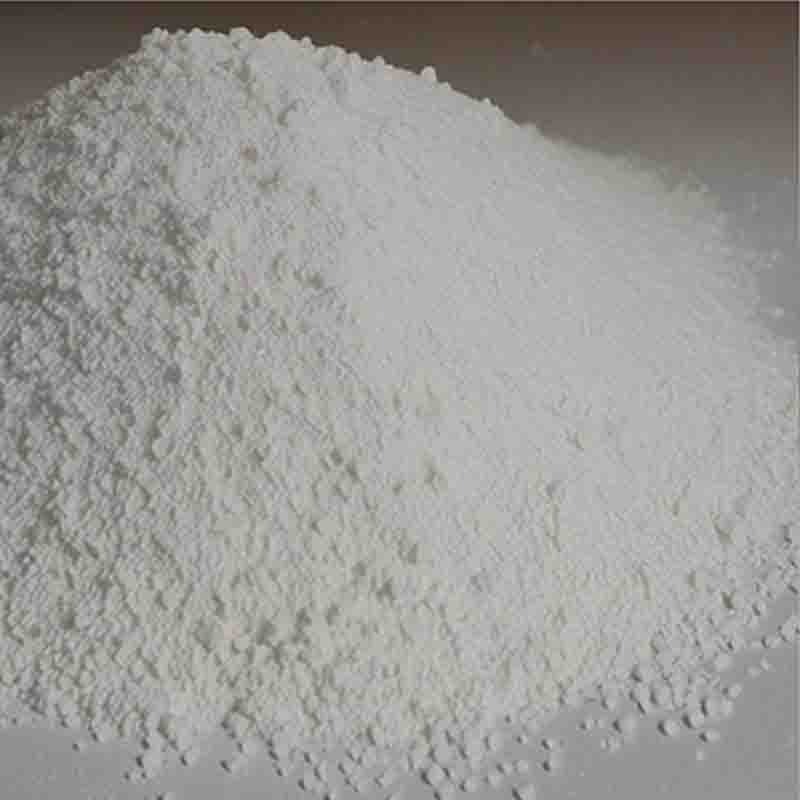Rhodium(III)nitratedihydrate CAS:13465-43-5
| Catalog Number | XD95579 |
| Product Name | Rhodium(III)nitratedihydrate |
| CAS | 13465-43-5 |
| Molecular Formula | H4N3O11Rh |
| Molecular Weight | 324.95 |
| Storage Details | Ambient |
Product Specification
| Appearance | White powder |
| Assay | 99% min |
Rhodium(III)nitratedihydrate, also known as Rhodium(III) nitrate dihydrate or [Rh(NO3)3•2H2O], is a compound containing the transition metal rhodium. This complex salt possesses several effects and applications, which we will explore below.One significant effect of Rhodium(III)nitratedihydrate is its use as a starting material for the synthesis of various rhodium complexes. By reacting Rh(NO3)3•2H2O with other ligands or organic molecules, new coordination compounds can be generated. These complexes can exhibit different geometries, electronic properties, and reactivities, making them valuable in a wide range of applications, including catalysis, materials science, and pharmaceuticals.Rhodium-based catalysts are particularly renowned for their ability to promote various organic reactions. Rhodium(III)nitratedihydrate can serve as a precursor for the synthesis of rhodium catalysts that find applications in processes like hydroformylation, hydrogenation, and oxidation. These reactions are important in the production of fine chemicals, pharmaceuticals, and agrochemicals.Another significant effect of Rhodium(III)nitratedihydrate is its potential in the field of catalysis. Rhodium compounds, including Rh(NO3)3•2H2O, have demonstrated excellent catalytic properties in numerous organic transformations. These catalysts can induce selective and efficient transformations, leading to valuable products. The unique properties of rhodium, such as its ability to activate C-H bonds and control stereoselectivity, make it highly valuable in catalytic processes.Rhodium(III)nitratedihydrate is also used in the preparation of rhodium nanoparticles. Nanoparticles containing rhodium as the active metal present enhanced catalytic activities due to their high surface area and size-dependent properties. Rh(NO3)3•2H2O can act as a precursor to synthesize rhodium nanoparticles by various methods, including chemical reduction, thermal decomposition, or deposition techniques. These nanoparticles can be employed in numerous catalytic reactions, such as hydrogenation, carbon dioxide reduction, and electrocatalysis.In conclusion, Rhodium(III)nitratedihydrate is a compound with diverse effects and applications. Its role as a precursor for the synthesis of rhodium complexes, its use as a catalyst in various organic transformations, and its contribution to the preparation of rhodium nanoparticles demonstrate its versatility and significance in multiple scientific fields. Further research and exploration in this area can lead to advancements in catalysis, materials science, and other areas where rhodium-based compounds are crucial.


